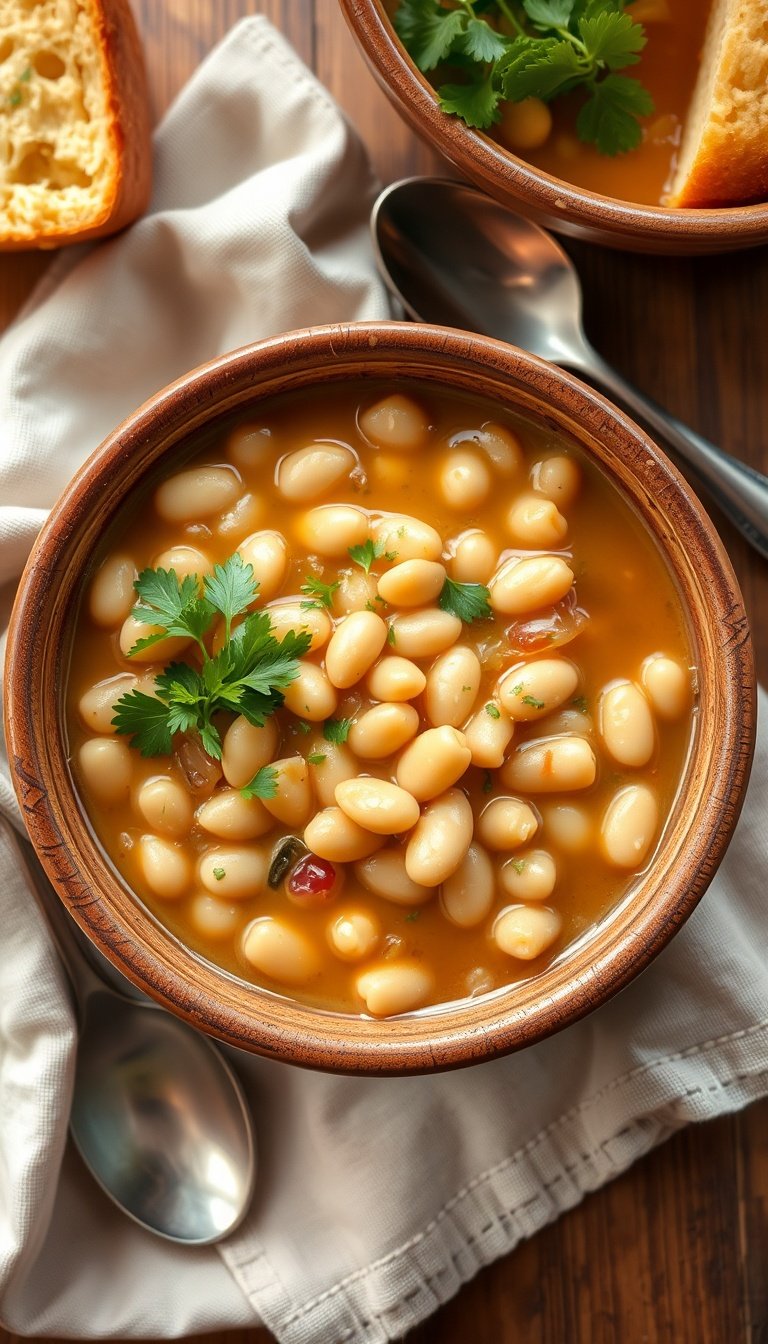Super Soft Bread Recipe: The Best Homemade Bread You’ll Ever Try
There’s nothing quite like the smell of freshly baked bread wafting through your home. And when that bread is unbelievably fluffy, moist, and tender? You’ve just entered comfort food heaven. If you’ve ever wondered how to make super soft bread at home that rivals your favorite bakery, you’re in the right place. This guide will walk you through every step to bake the softest, dreamiest loaf—right in your own kitchen.
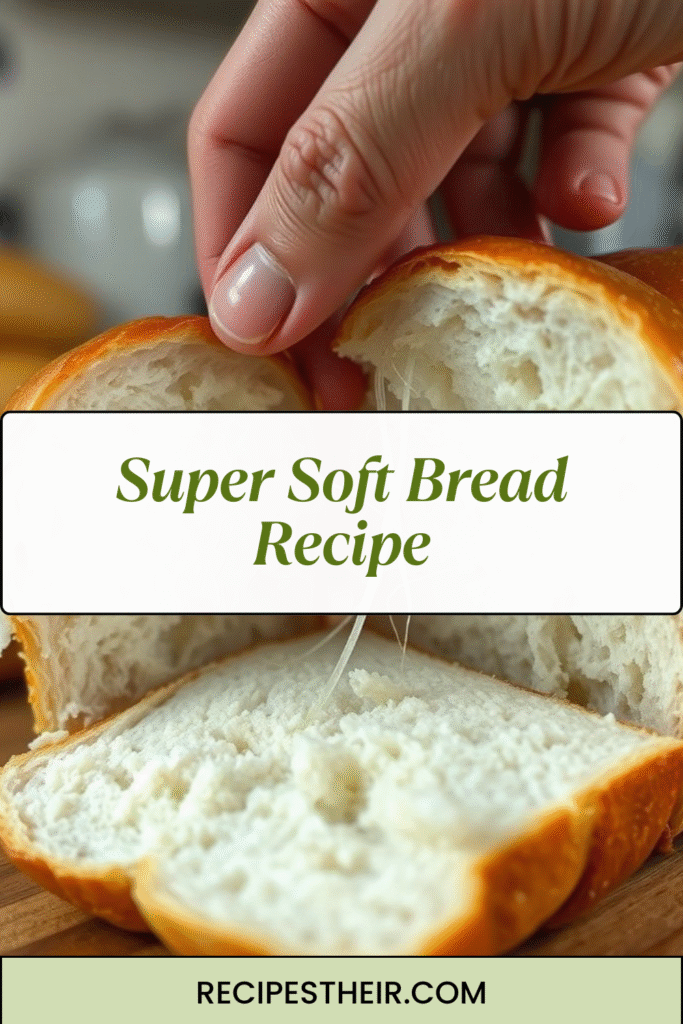
Why You’ll Love This Super Soft Bread Recipe
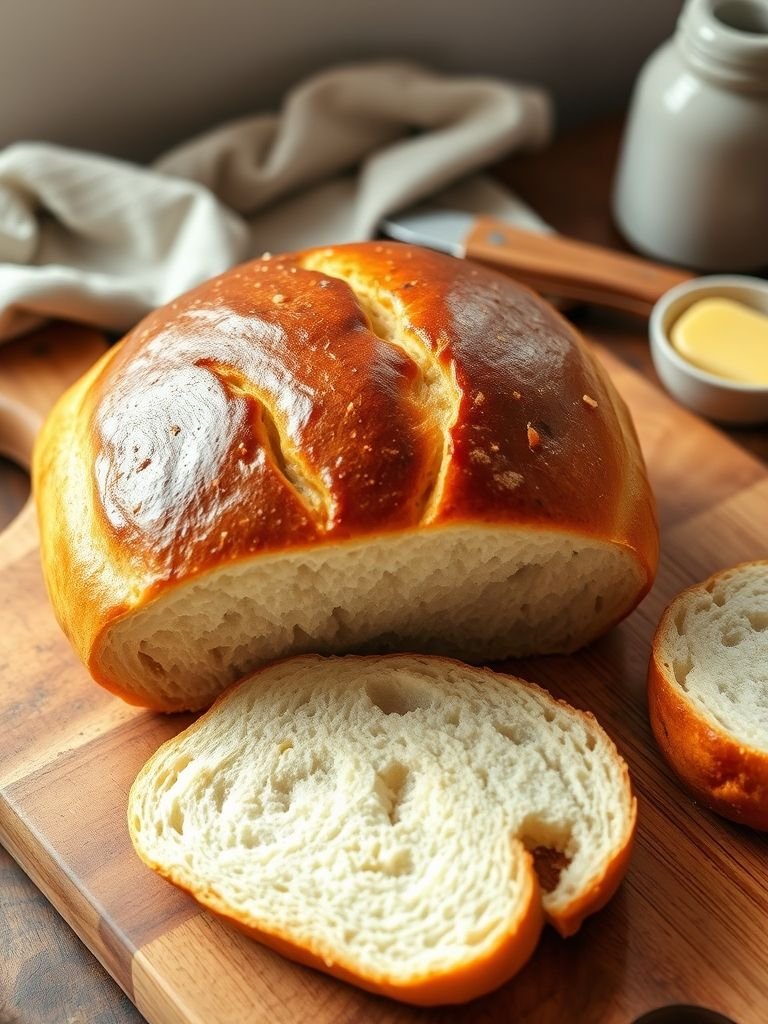
- Incredibly soft texture: Light, airy, and pillowy-soft, this bread melts in your mouth.
- Versatile and customizable: Perfect for toast, sandwiches, or just slathered in butter.
- Simple ingredients: No preservatives, no fancy equipment—just pantry staples and a bit of time.
- Better than store-bought: Once you try this recipe, you may never go back to store-bought bread again.
Ingredients for Super Soft Bread
Here’s what you’ll need to make the ultimate soft bread:
- 3 ½ cups all-purpose flour (plus extra for kneading)
- 2 ¼ tsp active dry yeast (1 packet)
- 1 cup whole milk, warm (around 110°F)
- ¼ cup water, warm
- ¼ cup granulated sugar
- 1 large egg
- ¼ cup unsalted butter, softened
- 1 tsp salt
Optional for Topping:
- 1 tbsp melted butter (for brushing after baking)
What Makes Bread Super Soft?
The key to achieving that signature soft texture lies in a few essential factors:
- Milk and butter: These add richness and moisture.
- Eggs: Add structure while making the bread tender.
- Kneading: Develops the gluten to trap air, resulting in a light texture.
- Proper proofing: Letting the dough rise enough (but not too much) makes it airy and soft.
Step-by-Step How to Make Super Soft Bread
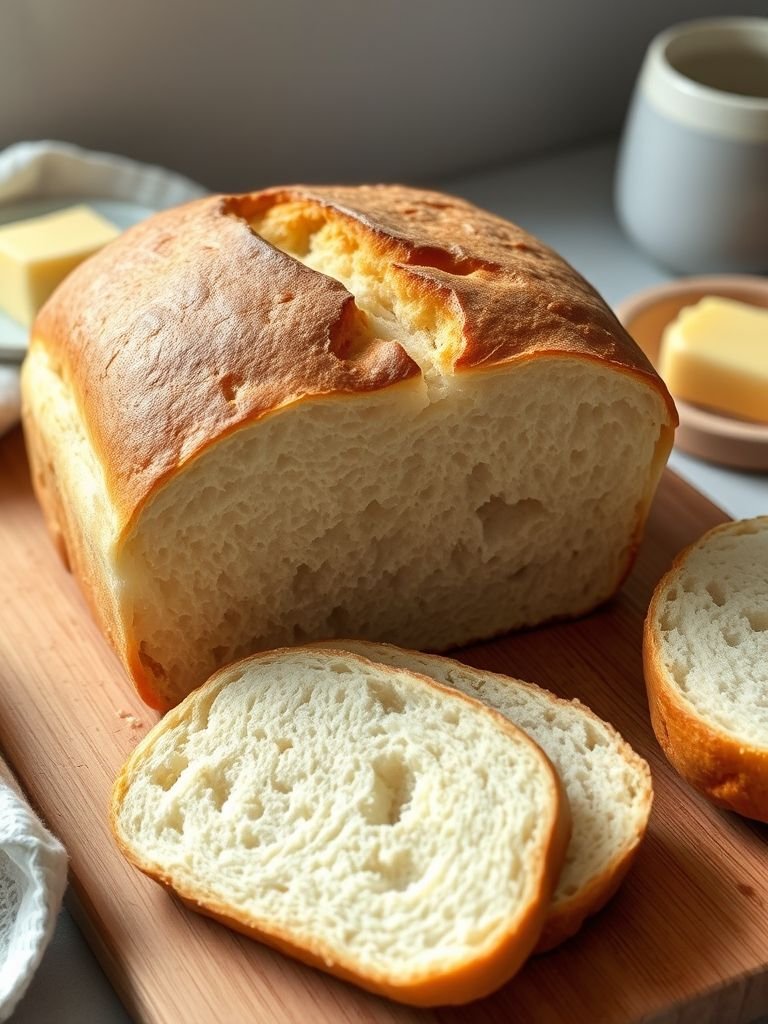
Step 1: Activate the Yeast
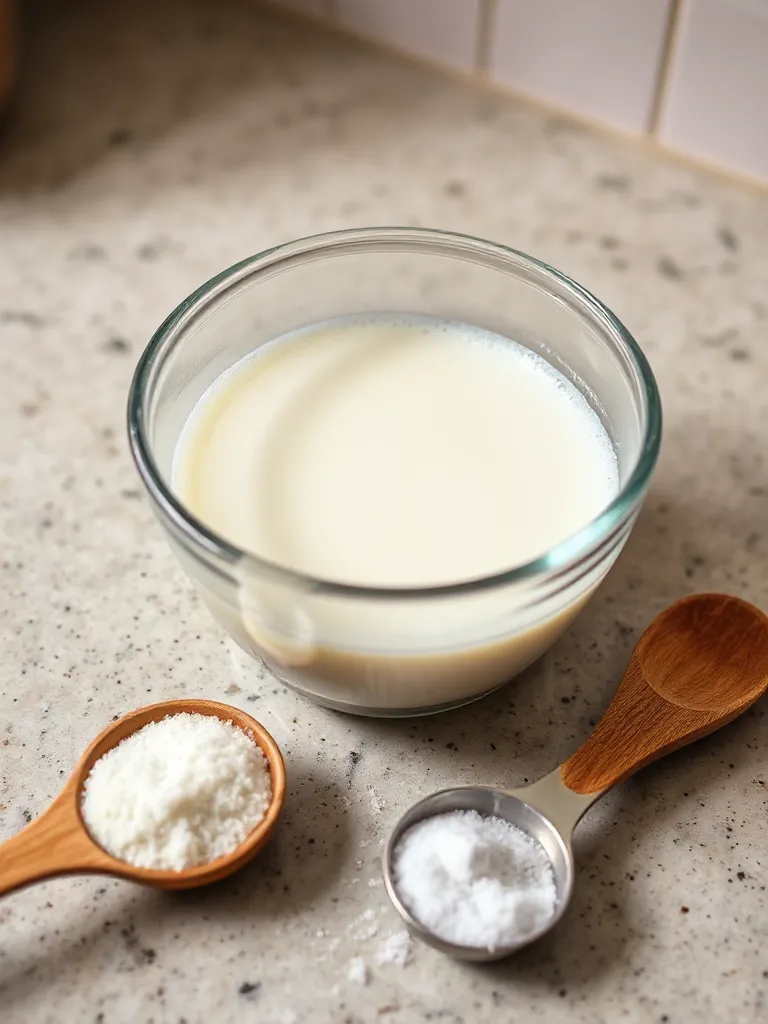
In a small bowl, combine the warm milk, warm water, sugar, and yeast. Stir gently and let it sit for 5-10 minutes until it becomes frothy. This means the yeast is alive and active.
Step 2: Make the Dough
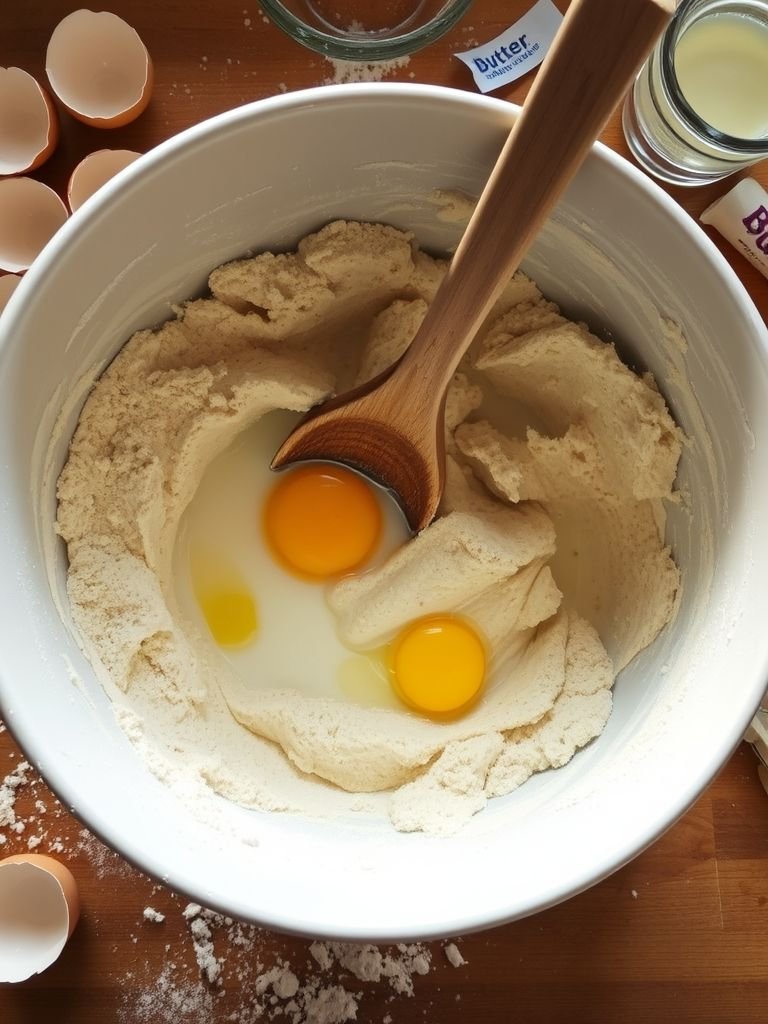
In a large mixing bowl, add the flour and salt. Create a well in the center and pour in the yeast mixture, softened butter, and beaten egg. Stir to combine, then knead until a sticky dough forms.
Step 3: Knead the Dough

Transfer the dough to a floured surface and knead for 8-10 minutes, or until it becomes smooth and elastic. You can also use a stand mixer with a dough hook for this step.
Step 4: First Rise
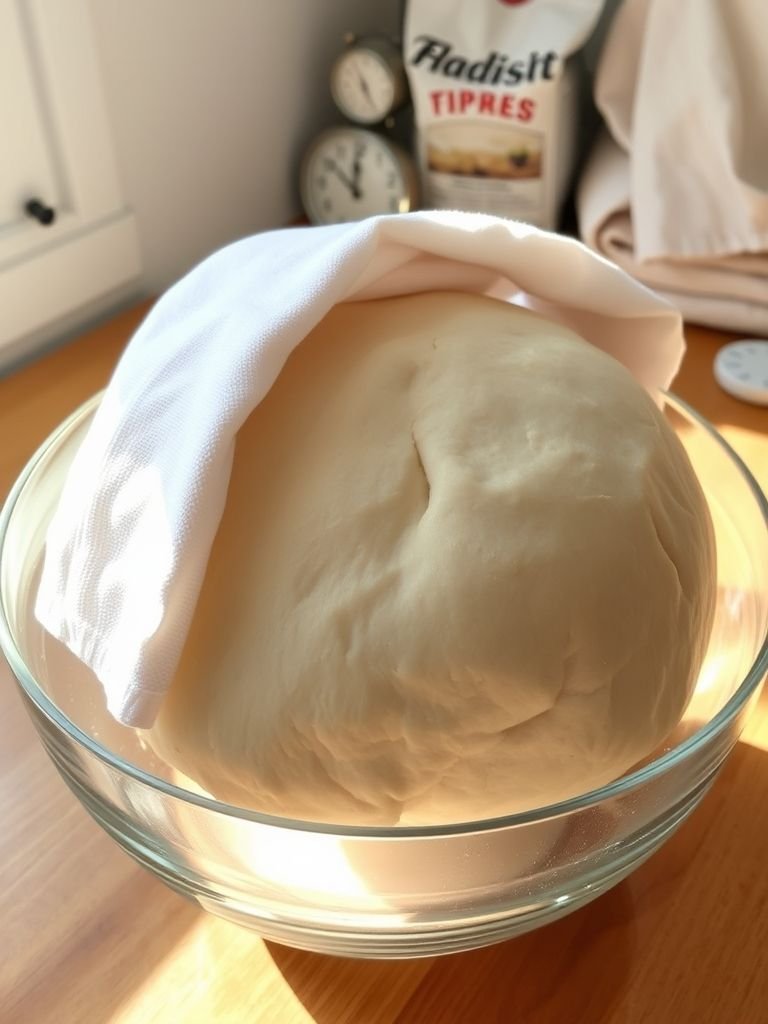
Place the dough in a greased bowl, cover with a clean kitchen towel or plastic wrap, and let it rise in a warm place for 1 to 1.5 hours, or until it doubles in size.
Step 5: Shape the Loaf
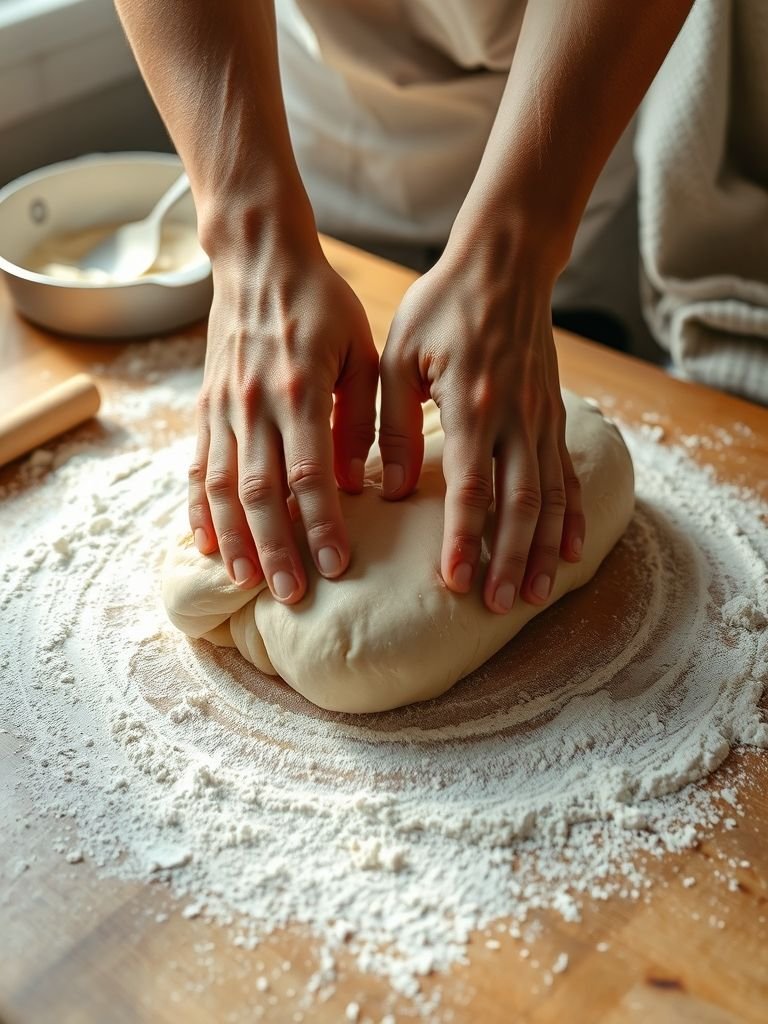
Punch down the dough and turn it out onto a lightly floured surface. Shape it into a loaf and place it in a greased 9×5-inch loaf pan.
Step 6: Second Rise
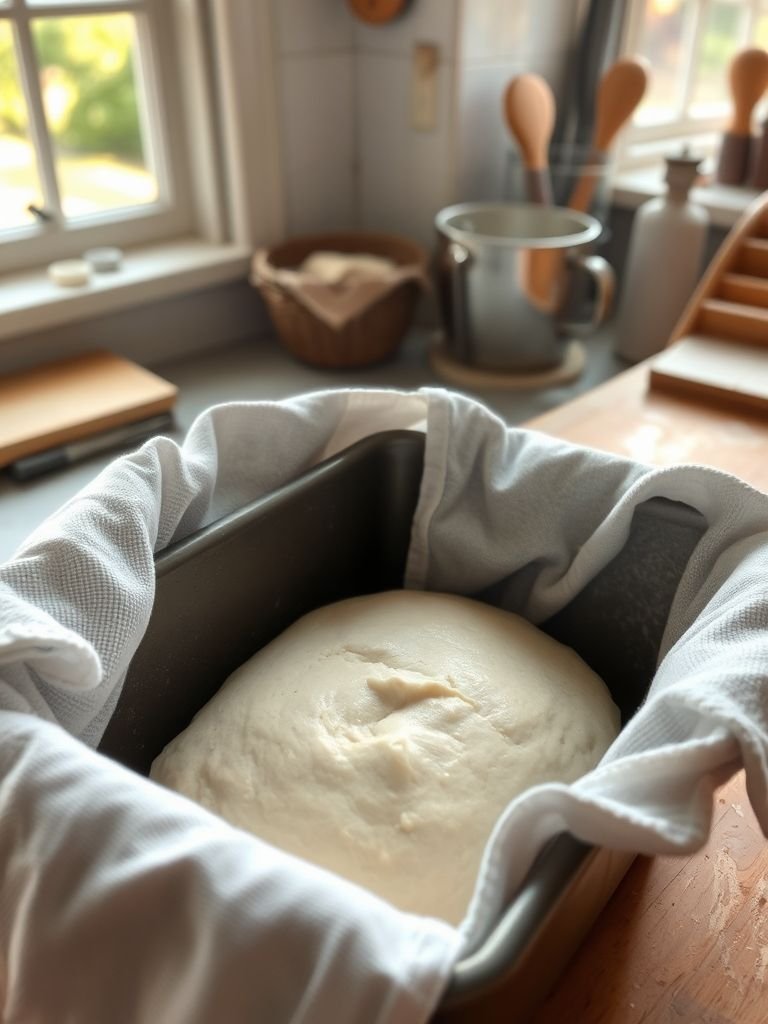
Cover the pan loosely and let the dough rise again for 30-45 minutes, until it’s risen about 1 inch above the edge of the pan.
Step 7: Bake
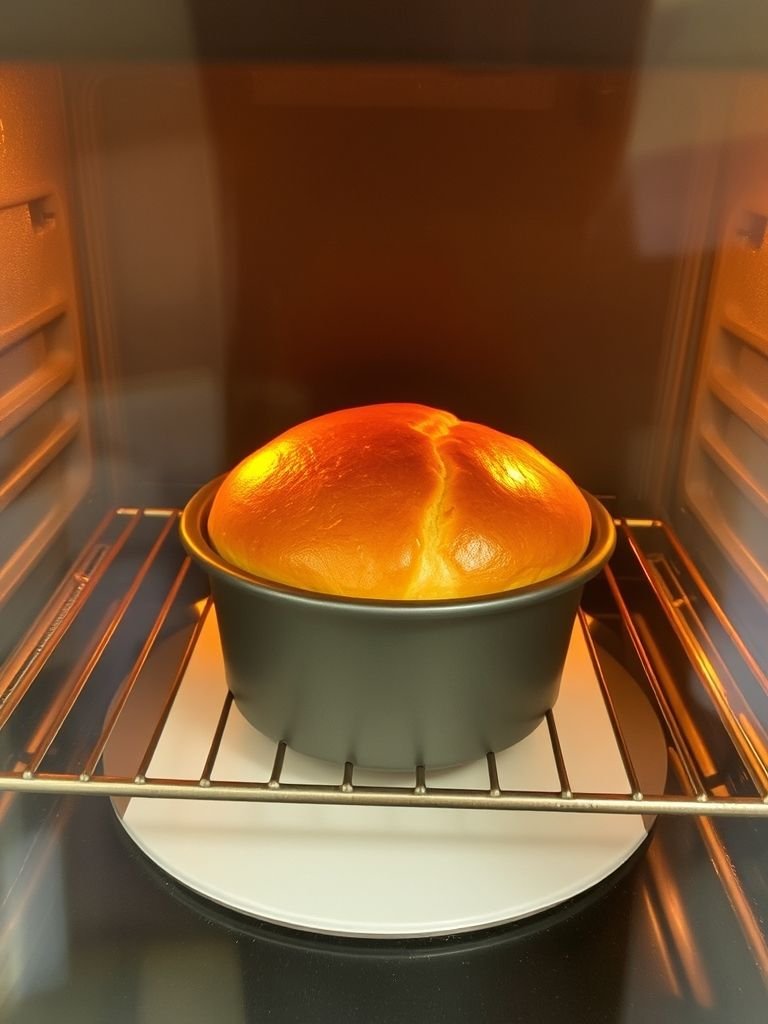
Preheat your oven to 350°F (175°C). Bake the bread for 25-30 minutes or until the top is golden brown and the loaf sounds hollow when tapped.
Step 8: Cool and Enjoy
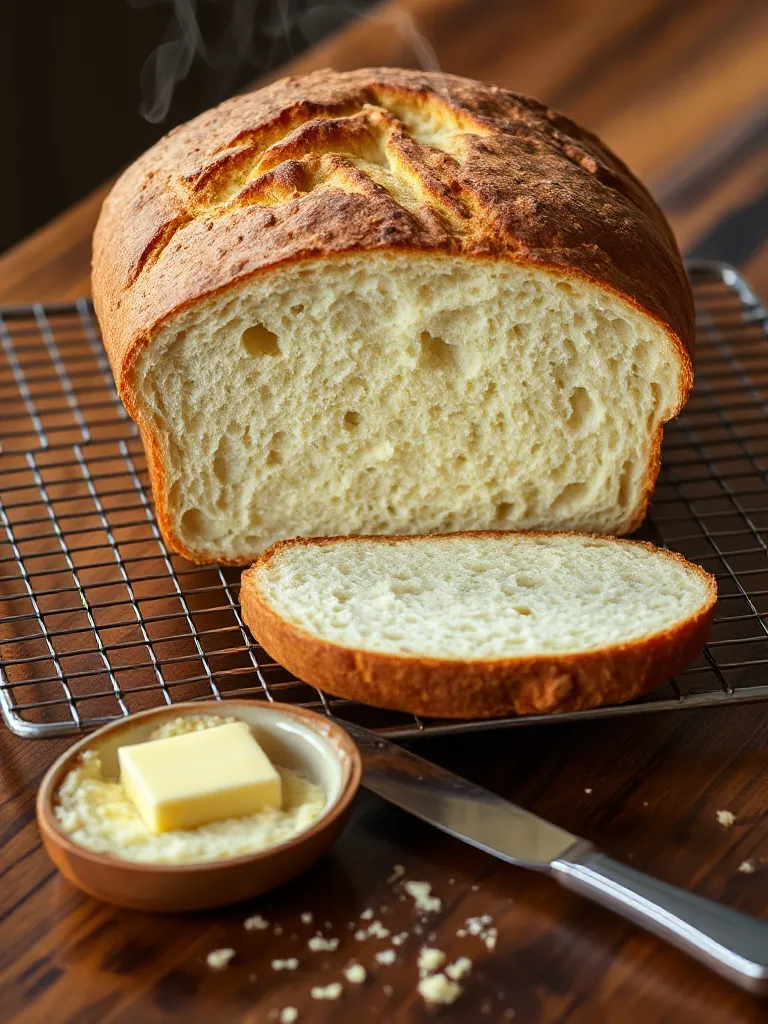
Remove the bread from the oven and brush the top with melted butter for that irresistible soft crust. Let it cool in the pan for 5 minutes, then transfer to a wire rack.
Tips for Extra Soft Bread
Want your bread to be even softer? Try these bonus tips:
- Use bread flour: For a chewier texture, you can substitute all-purpose flour with bread flour.
- Don’t skip the butter topping: It locks in moisture and makes the crust soft and shiny.
- Avoid over-flouring: Too much flour makes bread dense. Add flour just until the dough is no longer sticky.
- Cool completely before slicing: This helps retain moisture inside the bread.
Variations of Super Soft Bread
1. Super Soft Milk Bread (Japanese Style)
Swap water for milk and use the tangzhong method (cooking a small portion of flour with water or milk) for an even softer and fluffier result.
2. Honey Soft Bread
Replace the sugar with honey for a touch of natural sweetness and golden crust.
3. Whole Wheat Super Soft Bread
Use a mix of 50% all-purpose flour and 50% whole wheat flour. Add a bit more milk to keep the texture soft.
4. Garlic Butter Soft Bread
Mix roasted garlic and herbs into the dough for a savory twist. Perfect for dinner rolls or sandwich loaves.
Storage Tips for Super Soft Bread
To keep your bread fresh and soft for days:
- Room temperature: Store in a bread box or airtight container for 3-4 days.
- Refrigeration: Avoid the fridge—it dries bread out faster.
- Freezing: Wrap in plastic wrap and freeze for up to 2 months. Thaw at room temperature and toast to refresh.
What to Serve with Super Soft Bread
This soft bread pairs beautifully with:
- Butter and jam for a classic breakfast
- A drizzle of olive oil and balsamic vinegar
- Grilled cheese sandwiches
- French toast
- Bread pudding
FAQs About Super Soft Bread
How do I make my bread softer after baking?
Brush the top with melted butter right after it comes out of the oven. Also, let it cool covered with a towel to lock in steam.
Why is my bread not soft?
Common culprits include overbaking, adding too much flour, or not kneading the dough enough. Be sure to follow the recipe closely and watch your dough’s consistency.
Can I use instant yeast instead of active dry yeast?
Yes! Use the same amount, and you can skip the activation step—just mix it directly with the dry ingredients.
Can I use plant-based milk?
Absolutely! Almond milk, soy milk, or oat milk will work just fine.
Final Thoughts: Your New Go-To Super Soft Bread Recipe
Homemade super soft bread is easier than you think—and way more rewarding than anything off the grocery store shelf. With just a few pantry staples and a bit of patience, you’ll have the softest, most delicious loaf that everyone will love.
Whether you’re a beginner baker or a seasoned pro, this recipe is a keeper. Try it once, and you’ll want to bake it every week. So go ahead—roll up your sleeves and treat yourself to the magic of fresh, fluffy, warm bread from your own oven.

Super Soft Bread Recipe
Ingredients
- 3 ½ cups all-purpose flour (plus more for dusting)
- 2 ¼ teaspoons active dry yeast (1 packet)
- 1 cup whole milk, warm (about 110°F / 43°C)
- ¼ cup warm water
- ¼ cup granulated sugar
- 1 large egg
- ¼ cup unsalted butter, softened
- 1 teaspoon salt
Instructions
- 1. Activate the YeastIn a small bowl or measuring cup, combine:Warm milkWarm waterSugarYeastStir gently and let sit for 5–10 minutes until it becomes foamy. This means the yeast is active and ready.
- 2. Make the DoughIn a large bowl, mix:3 ½ cups flourSaltThen add:Yeast mixtureEggSoftened butter
- 3. First RiseShape the dough into a ball. Place in a greased bowl and cover with plastic wrap or a clean towel. Let rise in a warm, draft-free area for 1 to 1.5 hours, or until doubled in size.
- 4. Shape and Second RisePunch down the dough gently. Turn it out onto a lightly floured surface and shape it into a loaf. Place it in a greased 9×5-inch loaf pan. Cover and let rise again for 30–45 minutes until the dough domes about an inch above the pan.
- 5. BakePreheat your oven to 350°F (175°C). Bake the bread for 25–30 minutes, or until golden brown and the loaf sounds hollow when tapped.
- 6. Butter and CoolBrush the hot loaf with melted butter for a super soft crust. Let cool in the pan for 5 minutes, then remove and cool completely on a wire rack before slicing.
Notes
👩🍳 Tips for Success
- Don’t rush the rising times—this is key to the soft texture.
- Use whole milk for richer, more tender bread.
- Don’t slice the bread until it’s fully cooled—it retains more moisture that way.
🧊 Storage
- Room Temperature: Store in a bread box or wrapped in foil for up to 4 days.
- Freezer: Slice and freeze in a zip-top bag for up to 2 months.



